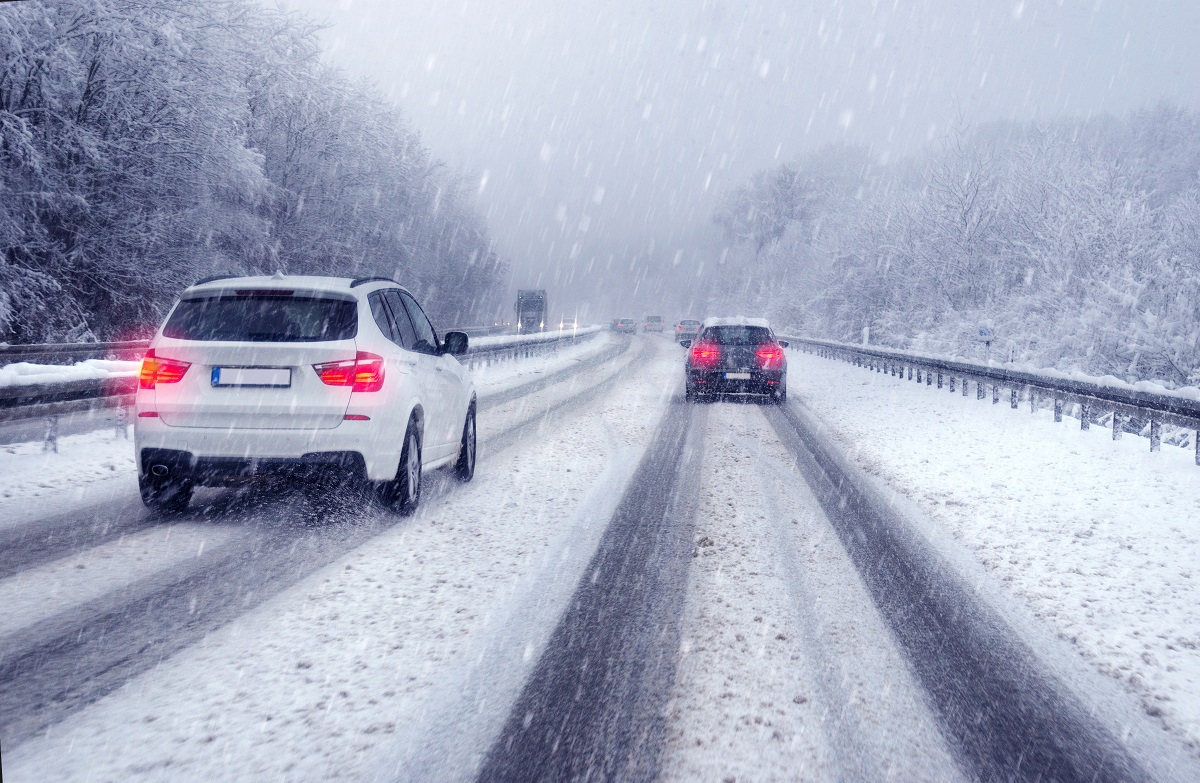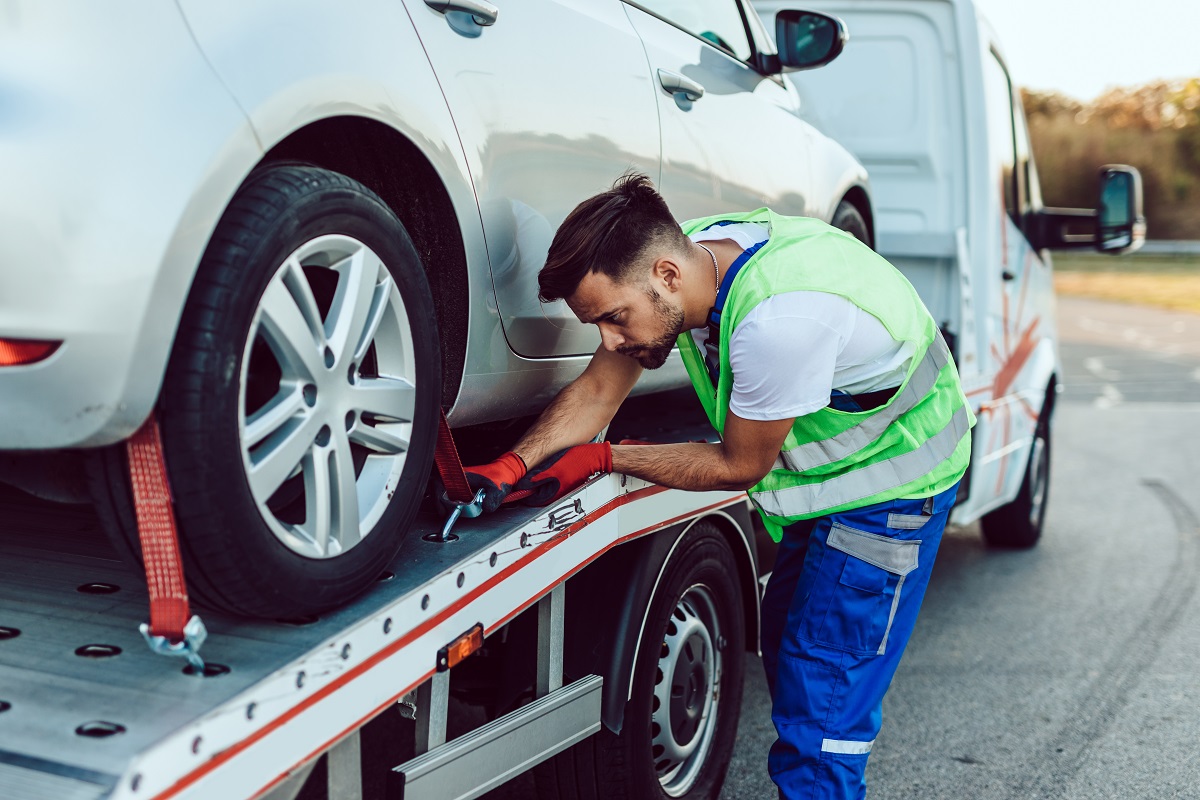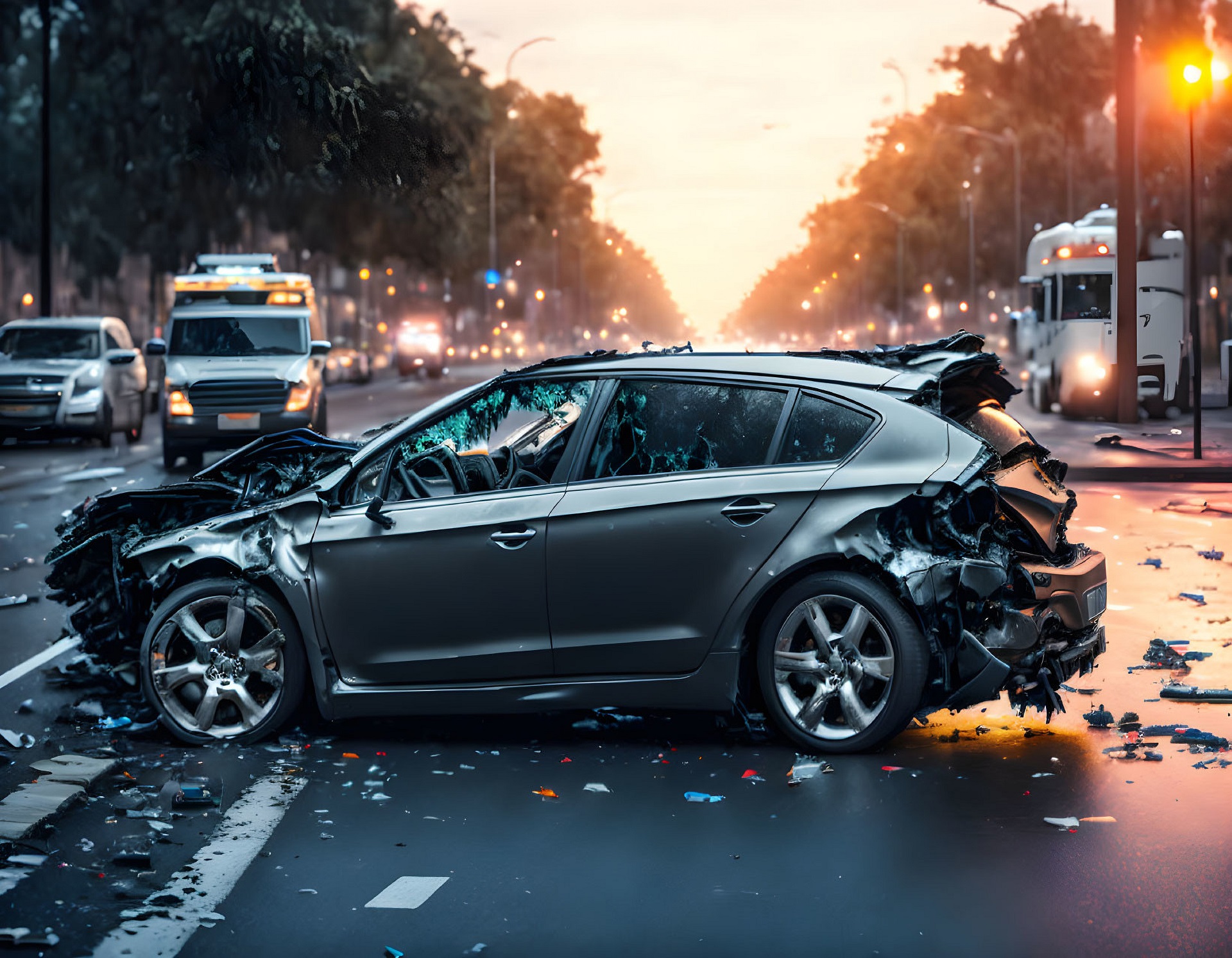Today's vehicles come with various innovative safety features that can help protect us in the event of a collision. But it pays to be prepared and know what precautions we can take as drivers to mitigate accidents. Here's a handy collection of collision safety tips that can help you to stay safe. And, if you do need collision repair services, we're on hand around Temecula, CA to help you get back on the road.
Is Your Vehicle Collision-Prepared? Essential Precautions To Take
Whether you have a vintage hatchback or the latest crossover SUV, it's important to know what safety features your vehicle has. Vehicle manufacturers continue to make cutting-edge advancements in driving safety technology, which can be a lifesaver in difficult situations. Here are some collision safety tips to consider when assessing the safety of your trusted vehicle.
Audit Your Vehicle's Safety Features
What safety features does your vehicle already have? They can be any feature that helps to reduce the chances of an accident or the impact of an unavoidable collision on the streets of Temecula, CA. Features such as seatbelts, antilock brakes, electronic stability control, and airbags are now required by law, and, unless you have a classic vintage car sitting in the garage, your vehicle should have these standard features.
If you've got a newer vehicle, you'll likely have newer driver assistance technologies designed by the car manufacturing industry to improve driver safety. Your user manual will list any assistance features that come with your vehicle, such as Blind-Spot Monitoring, Lane Departure Warning, and Pedestrian Protection. If you've spotted something missing that's critical to your safety, prioritize getting that sorted.
Check the State of Your Tires
We sometimes forget how important tires are to vehicle safety. A flat or damaged tire can make driving conditions stressful and can potentially lead to collisions. It's important to do regular visual checks of your tires. If you spot any cracks, bumps, or blisters, you'll likely need a new set of wheels.
Remember to keep an eye on the tread depth of your tires. Depending on the type of driving you do, and the conditions you face around Temecula, CA and surrounding areas, your tires may be wearing down faster than you think. Do the trusty penny test to see if your tires still have the grip you need to drive safely.
Make Sure Your Vehicle Can Mitigate Front and Rear-End Collisions
A common collision repair job we see at GOScH Collision is vehicle damage from front and rear-end accidents. One way to avoid front-end collisions is the Forward Collision Warning system. It typically involves sensors and transmits visual, audio, or even tactile alerts if you're in the path of collision with an object in front of you. This warning system is available in most vehicles manufactured after 1 September 2022, given its effectiveness in reducing front-on collisions.
Another piece of driver assistance technology is the Rear Cross Traffic System (RCTS). This alerts you to a potential collision while you're in reverse and where the source is out of your rear camera's vision. Even if your vehicle is missing RCTS, having a backup camera is vital for safe reversing. All vehicles manufactured from 2018 are required to have backup cameras installed for driver safety.
Stay in Your Lane With Driver Assistance Technologies
There's also a range of driving assistance technologies available to help you stay in control of your drive. For example, your vehicle may feature Lane Centering or Lane Keeping Assistance, which can steer your vehicle back into the center of the lane or pull you back from a drift outwards. This tech can help you to keep focused on busy highways or in jam-packed congestion.
Lane Departure Warning (LDW) is also handy for alerting you when you're approaching or crossing lane markers. Unlike Lane Centering or Lane Keeping, you'll need to manually maneuver your vehicle back into a safer position. Many new cars have LDW as standard, but it's likely that you'll need to look into adding these other lane safety technologies to your vehicle.
Other Collision Safety Tips To Keep in Mind
Now that you've assessed your vehicle's safety capabilities, it's time to turn your attention to other collision safety tips that can help you reduce the need for full collision repair services.
Monitor Alertness and Awareness
Distracted driving involves anything that takes your eyes off the road, from checking your mobile phone to eating. It's important to minimize distractions while you drive. Not only will you be a safer driver, but you'll be ready to respond if you encounter an unexpected obstacle or another driver who is distracted.
Be Aware of Road Conditions
Bad weather can be another cause of collisions, from heavy fog to pounding rain. If you're on the road in such circumstances, take care to slow down and be aware of your surroundings. Another tip: check that your tires can cope with specific conditions, such as snow or ice, or very hot tarmac. All-season tires are designed to cope with most road surfaces, but make sure you check out the manufacturer's instructions to ensure it can handle your situation.
Collision Repair Services Serving Temecula, CA
If you get into a collision situation, it's important to have a trusted repairs specialist saved on your phone. GOScH Collision is proud to be the premier collision repair center serving Temecula, CA and surrounding areas, helping motorists get their beloved vehicles back on the road. Our dedicated team of expert technicians and collision consultants are there for you and can give you more collision safety tips and advice to help you stay safe on the road.
And remember, you can get in touch with us at GOScH Collision at GOScH Ford Temecula in Temecula, CA, if you do need our collision repair services or more collision safety tips. We'll be there with you every step of the way.










